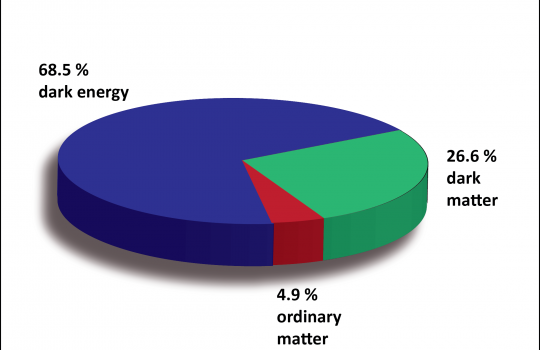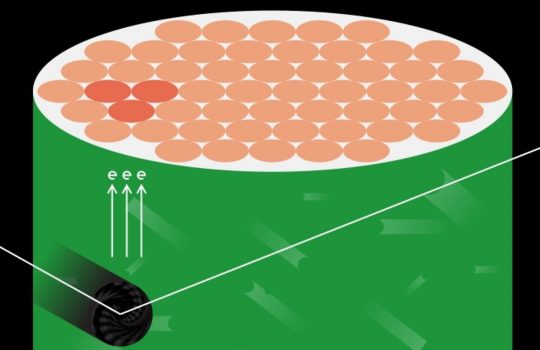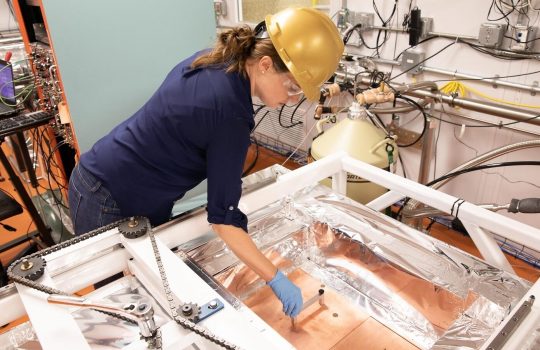A dark matter detector based on a wind chime seems just weird enough to work
From Gizmodo, Nov. 10, 2020: Fermilab and University of Maryland scientist Dan Carney and a small group of scientists have begun work on a prototype they say could one day lead to a dark matter detector capable of pinpointing the minute gravitational pull of a particle we can neither see nor feel. The detector is simple in design, but the theory behind its construction amounts to a fundamental rethinking of the search for dark matter.





